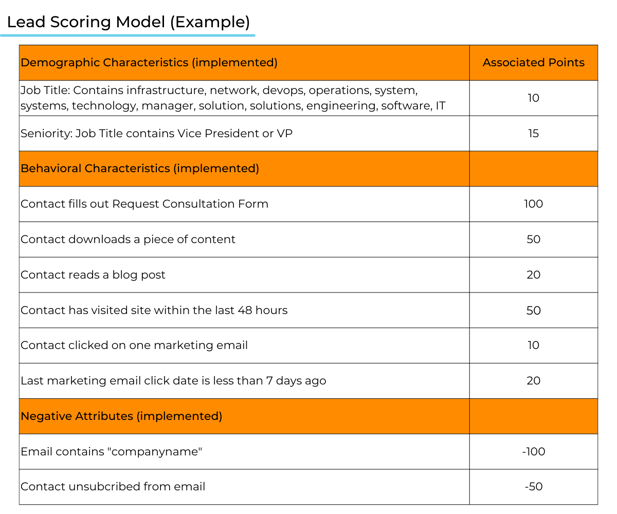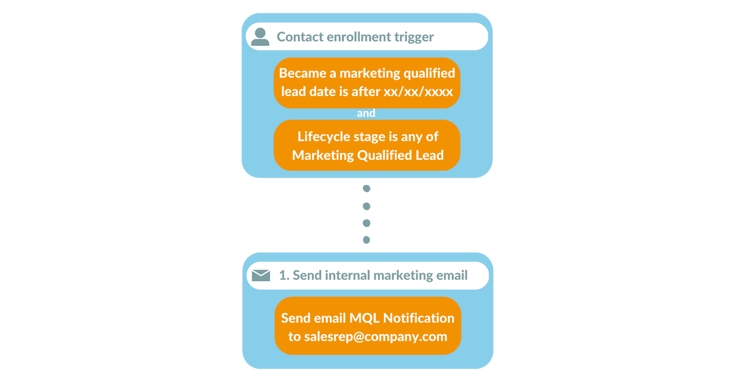Building a Strong Foundation: The Top 5 Digital Marketing Fundamentals to Master
In today's competitive business landscape, strategic and data-driven marketing is vital to the success of any startup—especially when 22% of startups fail due to ineffective marketing. To establish a startup as an indispensable organization in a crowded market, marketing leaders must have a deep understanding of the key components that make up a successful marketing plan and the tools necessary to create a solid marketing foundation.
In this article, we’re diving into the top 5 digital marketing fundamentals to nail before kicking off your marketing campaigns. Let’s jump in!
1. Audit Your Current Marketing Tech Stack
According to Gartner, marketers only use 42% of their marketing tech stack’s (A.K.A. martech stack) capabilities. This makes auditing your martech stack one of the most important digital marketing fundamentals. An audit can help identify any inefficiencies or redundancies across your tools. This enables you to optimize your tech and maximize your ROI. When conducting your audit, we recommend taking the following steps:
- Document all the marketing tools and software your team uses, including their purpose and how they are being used.
- Evaluate the effectiveness of each tool and its impact on your marketing goals. Identify any redundancies or gaps in the stack.
- Review the costs associated with each tool and consider whether the return on investment justifies the expense.
- Consider whether your team is fully utilizing the features and capabilities of each tool.
- Account for potential security risks and each tool's scalability.
- Based on the audit findings, develop a roadmap to optimize your martech stack and align it with your marketing goals and budget.
- Eliminate any unnecessary tools and/or software subscriptions your team doesn’t use.
Pro Tip: Consider doing an audit of your content and customer relationship management (CRM) software as well. This will ensure your marketing foundation is solid all over.
2. Publish an Optimized Website and Other Promotional Channels
A major part of establishing your digital marketing foundation is to stand up the promotional channels you’ll need to reach your target audience. This includes items such as (but not limited to):
- A website
- A blog
- Social media accounts
- An email marketing system
Determine where your target audience “hangs out” online and what they like to do in each “location.” Do they network on LinkedIn? Do they like to be entertained on Instagram? Is Twitter where they get their news? Are they viewing their email on a mobile device? Take this knowledge to narrow down which platforms will actually yield the best engagement from your audiences.
➡️ Learn How to Optimize Your Marketing Strategies for Social Media Algorithms in our blog.
3. Build and Implement a Lead Scoring Model
Lead scoring is the process of collecting as much data as possible from leads by assigning points for each behavioral action (like viewing a blog or downloading an eBook) to qualify and prioritize leads. Why is lead scoring one of the digital marketing fundamentals, you ask? Because B2B organizations that used a lead scoring model increased close rates by 30%, company revenue by 18%, and revenue per deal by 17%. So yeah, it’s pretty important!
Both marketing and sales teams benefit from lead scoring. Carefully organizing your marketing leads is essential to provide sales reps with the most relevant leads to close the most deals. Through the process of lead scoring, you’ll be able to easily identify which leads are qualified to speak with sales. This way, your sales team isn’t wasting their time on leads that may not be ready to make a purchasing decision.
The more active a lead is and the better the lead fits your target audience based on demographics, the more qualified they become and the more likely they are to purchase. Below is a reference chart:

Now, let’s take a look at an example of a lead scoring model based on a 100-point system (image below). Each behavior or demographic characteristic depicted in this model is assigned a certain number of points. As leads trigger each of these behaviors, they will receive a certain number of points in a CRM like HubSpot, for example. Once a lead reaches 100 points or higher, they officially become a marketing qualified lead or MQL.

Keep in mind that all lead scoring models are personalized to fit the needs of your company, buyer personas, and goals. These models are dynamic and as your goals and priorities change, so can your lead scoring model.
4. Establish MQL Routing & Notifications
Automatically assigning leads to members of your sales team based on predefined criteria is called lead routing. This is a critical piece of the digital marketing fundamentals and cannot be looked over. Once your leads have reached MQL status (via the lead scoring model) lead routing within your CRM ensures the right leads are assigned to the right sales representative. Check out the example workflow below for greater visualization.

Effective lead routing takes multiple factors into account including (but not limited to):
- Location, territory, geography
- Use case and/or specialization
- Buyer persona
- Company size
- Job title
Based on the above criteria, it’s important to set up a workflow in your CRM that automatically routes leads to the appropriate sales representative. This workflow will also need to ping the assigned sales rep, alerting them of the incoming lead. If your lead database is on the smaller side, we recommend round-robining your MQLs to evenly distribute the workload throughout your sales team.
5. Build Reports and Reporting Dashboards
For all companies, but for startups especially, building reports and reporting dashboards is crucial to track and showcase marketing performance. So while these reports are mentioned last on our list of digital marketing fundamentals, they are most certainly not least.
Reporting is essential for startups to make data-driven decisions and optimize their marketing efforts for growth and success. By monitoring key metrics, such as website traffic, conversion rates, and customer acquisition costs, startups can gain valuable insights into the effectiveness of their marketing campaigns and identify areas for improvement.
Reports and dashboards also help startups communicate their marketing performance to stakeholders, including investors, executives, and team members, which can help secure funding, build credibility, and align everyone on business objectives.
What Reports Should You Build?
Marketing Metrics:
- MQL Generation
- Contact Lifecycle Stages
- Opportunities
- Marketing Email Clicks
- Website Views
- MQL Asset Interaction
Social Media Reporting:
- Audience Size
- Social Post Counts
- Clicks
- Shares
- Interactions
- Impressions
Content Marketing Reporting:
- Blog and Landing Page Views
- Website Visits
- Landing Page Form Submission Counts
- Traffic Sources
- Engagement Rates
- Blog Performance
Pro Tip: Your dashboards and reports should tell a story. At a glance, your dashboard should be able to showcase the effectiveness and trajectory of your marketing efforts.
Final Thoughts
Building a solid marketing foundation is an ongoing process that requires continuous monitoring, optimization, and adaptation. Mastering these digital marketing fundamentals is the first step to setting up your business for long-term growth, increased revenue, and a competitive edge in today's crowded market.
In need of outsourced marketing help to drive these initiatives? You’ve come to the right place! Our integrated marketing team at Möve is prepared to serve as an extension of your team to fuel your marketing engine for maximized and sustainable growth. Get in touch with us to learn more.




